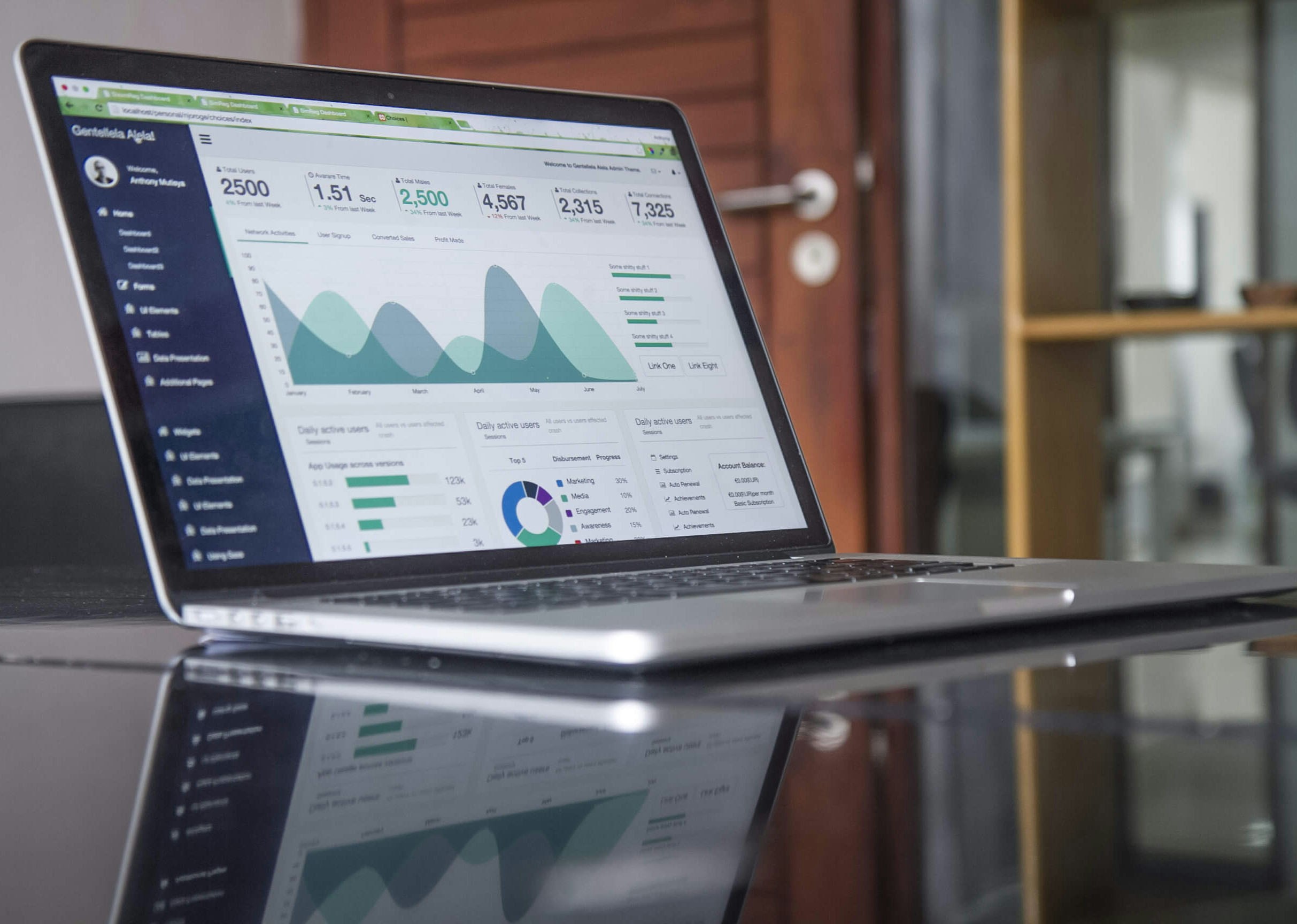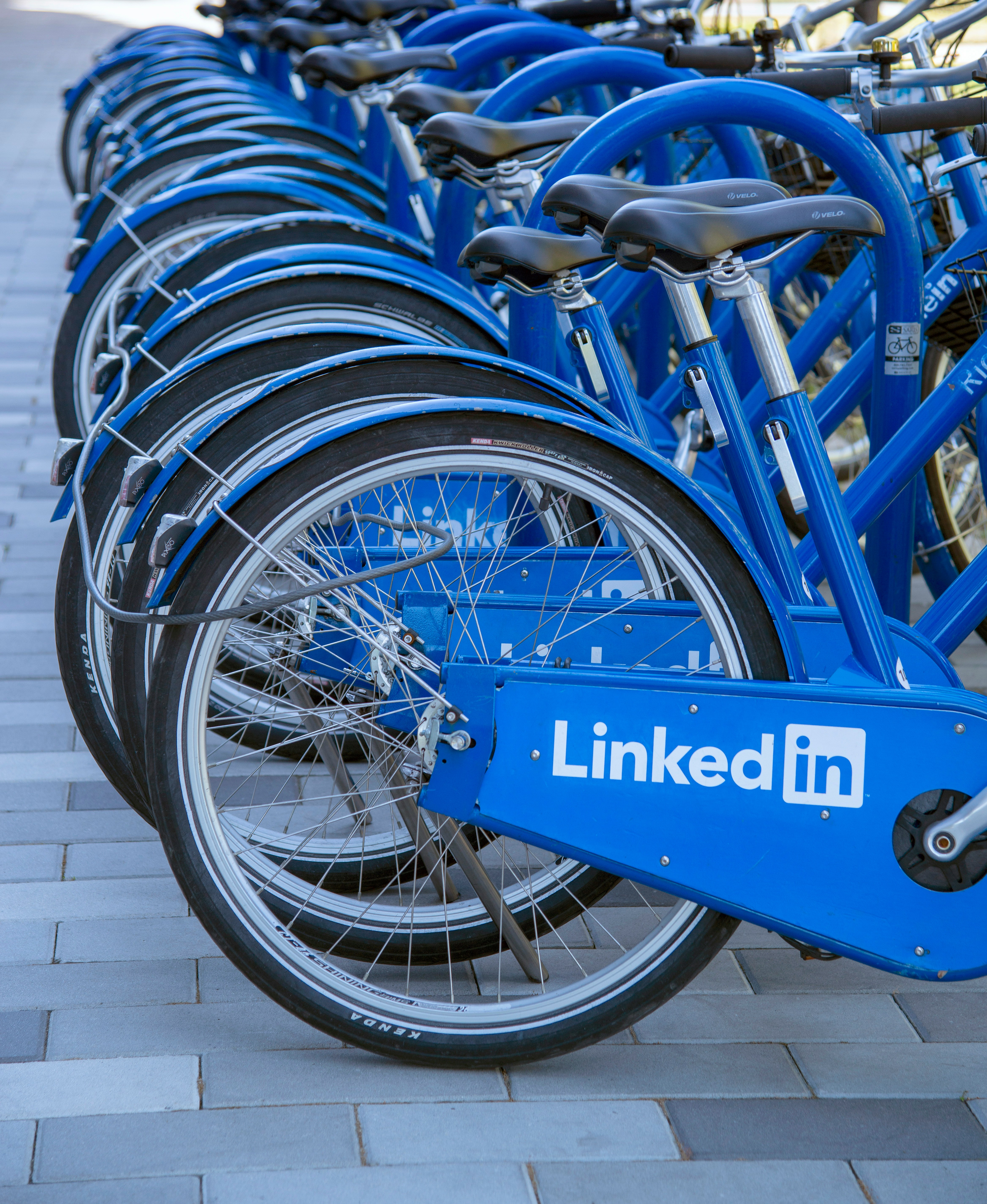Acquisition Strategy: What is customer acquisition cost?
Tuesday, August 20, 2024
HC

Written by
Head of Client Strategy
Acquiring new customers is an essential part of a growth marketing strategy, and understanding the cost of that is important to doing it profitably. To do this we can calculate the customer acquisition cost or CAC.
The following covers what CAC is, how to calculate it, what constitutes a ‘good’ CAC and then how you can use CAC to guide tactics and make decisions to acquire new customers more efficiently.
What is customer acquisition cost?
Customer acquisition cost can be defined simply as how much you spend for each new customer that purchases from your business.
How do I calculate my customer acquisition cost?
The formula for calculating the cost of acquiring new customers is:
CAC = (Cost of sales + cost of marketing) / Number of new customers.
For example, if you spend £10,000 on acquiring 1,000 new customers, your CAC is £10.
CAC = £10,000 / 1,000 = £10
What costs should I include in my CAC calculation?
Simply, anything on your P+L that is directly related to acquiring new customers should be included in your CAC calculation.
These costs will include:
Ad spend: your media spend or click budget for online and offline ads
Employee salaries: the cost of your marketing or digital team
Creative costs: anything related to the cost of production and publishing
Technical costs: including platform fees and equipment
Over what timeframe should I measure my customer acquisition cost?
You can measure this over any period of time, although we recommend reviewing the time it takes for prospects to convert into customers first when judging what time-frame to review, because you might be excluding conversions whilst still accounting for the cost.
For example, the sales cycle for a lead to convert into a sale may be three months, so you may want to consider reviewing CAC over a 6, 12 or 24 month period to account for this.
What is a good CAC?
A good CAC can be determined by comparing it to other essential ecommerce metrics, which allows you to benchmark how profitable your growth strategy is.
For example, CAC can be used alongside customer lifetime value (abbreviated to either CLV or LTV) to judge whether your strategy is successful. In simple terms, this assumes that if your LTV is higher than your CAC, then your acquisition strategy is performing well. It also gives you a guide as to how long it takes for your customer to be profitable, where ideally, the CAC is recovered within 12 months of the customer being acquired.
It’s widely accepted that a good CAC should be 3X lower than LTV. This can be displayed as a LTV:CAC ratio of 3:1.
A higher ratio, for example a ratio of 5:1, suggests that you may have headroom to spend more on acquiring customers, whilst a lower ratio, for example 1:1, suggests you spend as much on acquiring customers as you generate in revenue from them, and are not making much profit.
Where CAC is higher than LTV, for example a ratio of 1:2, this suggests you spend more on acquiring a customer than you make from them, and are likely making a loss.
How to improve customer acquisition cost?
Naturally this will depend on your industry and the type of product you sell. Different strategies may be employed for a business reliant on single, large purchases, than a business with a subscription model (like SaaS or some DTC products) or high level of repeat purchases (like food).
One thing you may want to do first is break your CAC calculation down by marketing channel and compare them, which lets you see at a glance which channels are worth continued investment and others that need some work.
Generally speaking however, there are several tactics you can employ to positively impact your CAC or LTV:CAC ratio:
Use the right acquisition channels and deploy them effectively
Conversion rate optimisation - Make it easier for your audience to convert. We suggest starting by A/B testing changes to key landing pages
Reduce the time to purchase by focusing on high-converting qualified leads and opportunities
Create incentives or add value to your product or service to turn awareness into action
Driver referrals from existing customers to sign-up new customers, a relatively cost-effective method of acquiring new business
Define the right target audience so that your efforts are focused on prospects that are more likely to convert into new customers
Improve retention through great service and initiatives to improve your LTV, encouraging customers to make more purchases, more frequently
Optimise your pricing strategy to encourage conversion and/or increase AOV
Winback lost customers to prolong a customer’s lifespan. Depending on your industry, this could be done through automated CRM campaigns, remarketing or even a call from a sales rep or customer services agent
3 Key Takeaways:
Calculating customer acquisition cost is a useful activity to understand how profitable your growth strategy is and can be used alongside other metrics to make strategic or tactical changes
It can be compared with customer lifetime value to judge profitability, where you’re roughly aiming for a LTV:CAC ratio of 3:1
In order to calculate your CAC, you need to understand all of the direct sales and marketing costs associated with generating new customers
If you would like any support in evaluating the performance of your digital marketing please get in touch with us.



